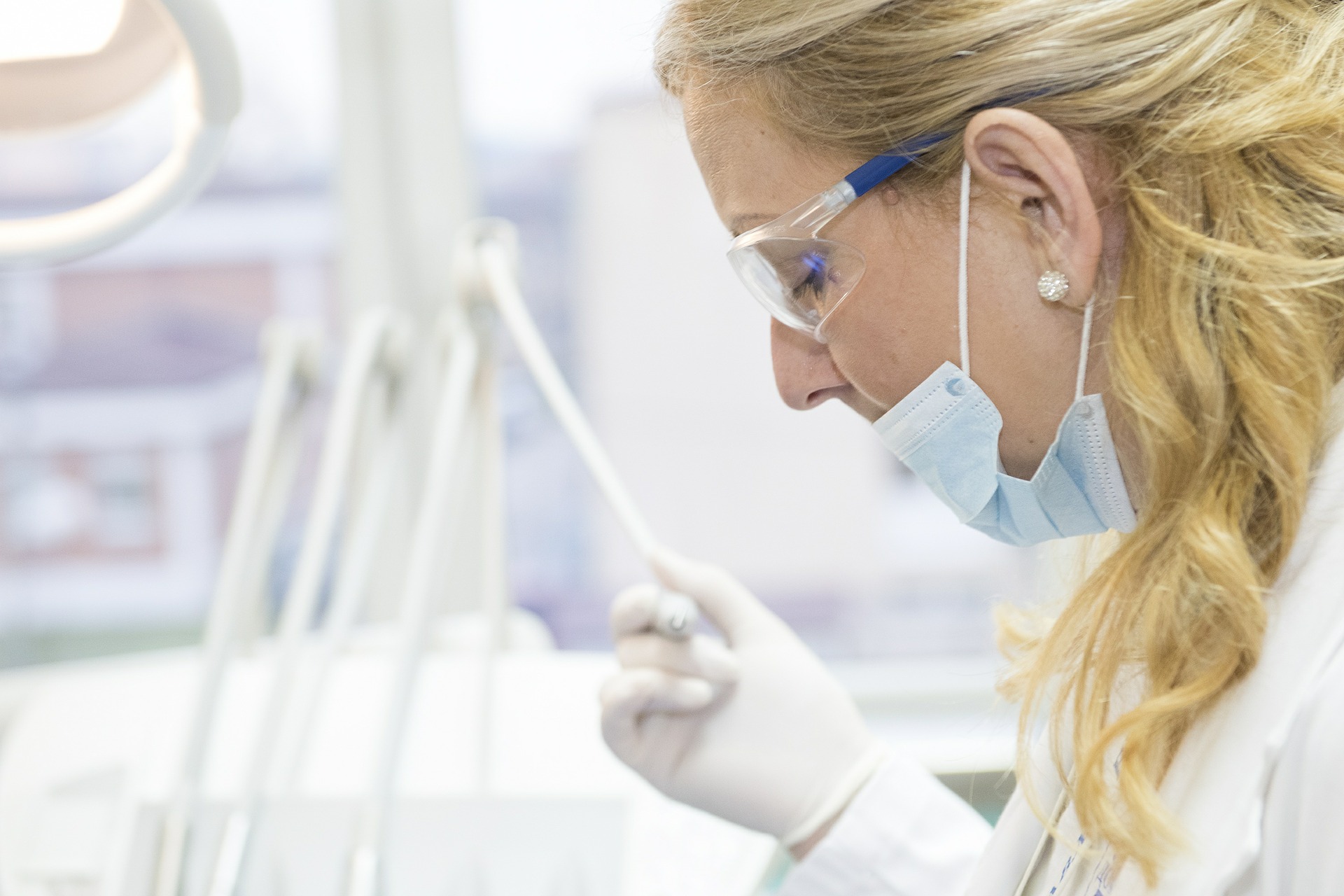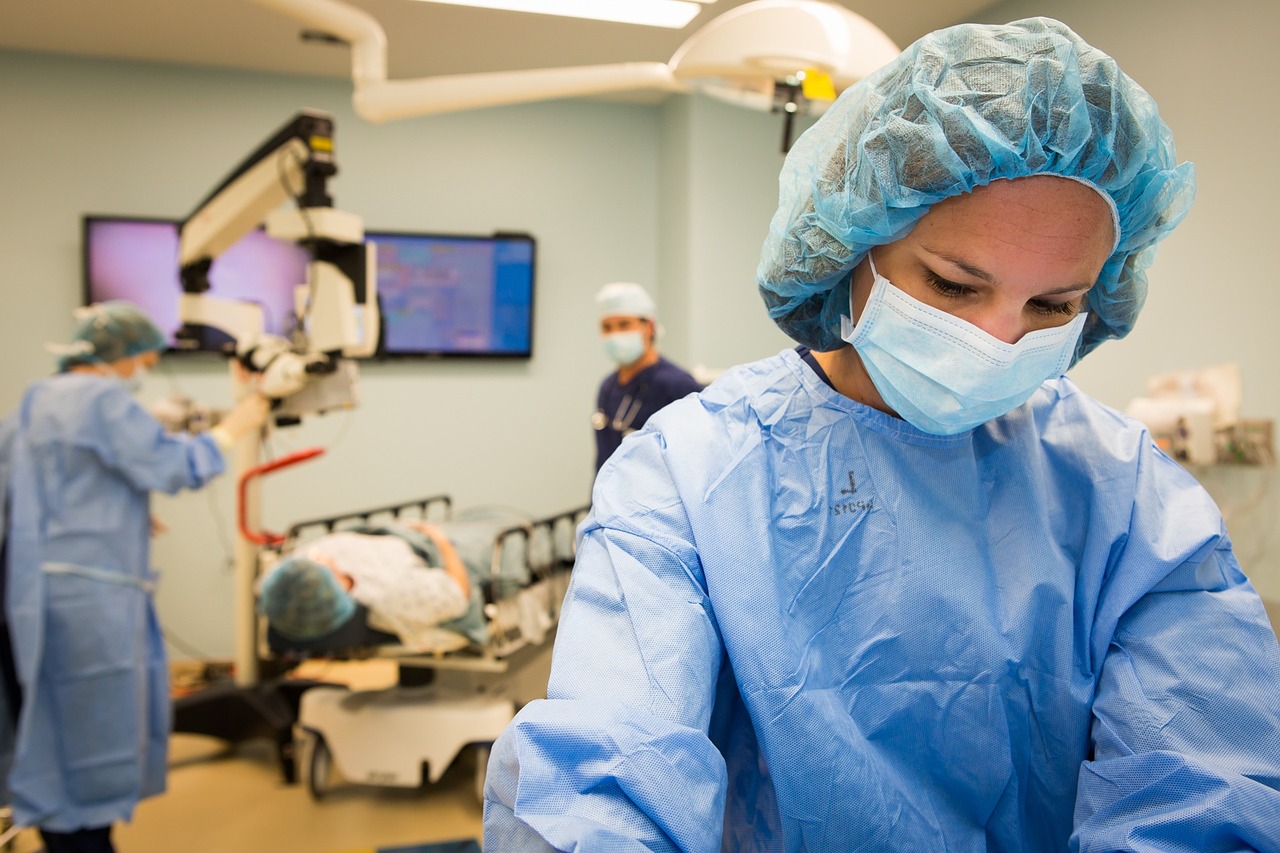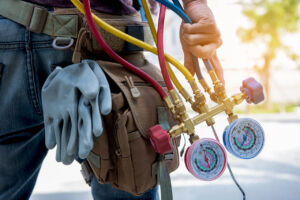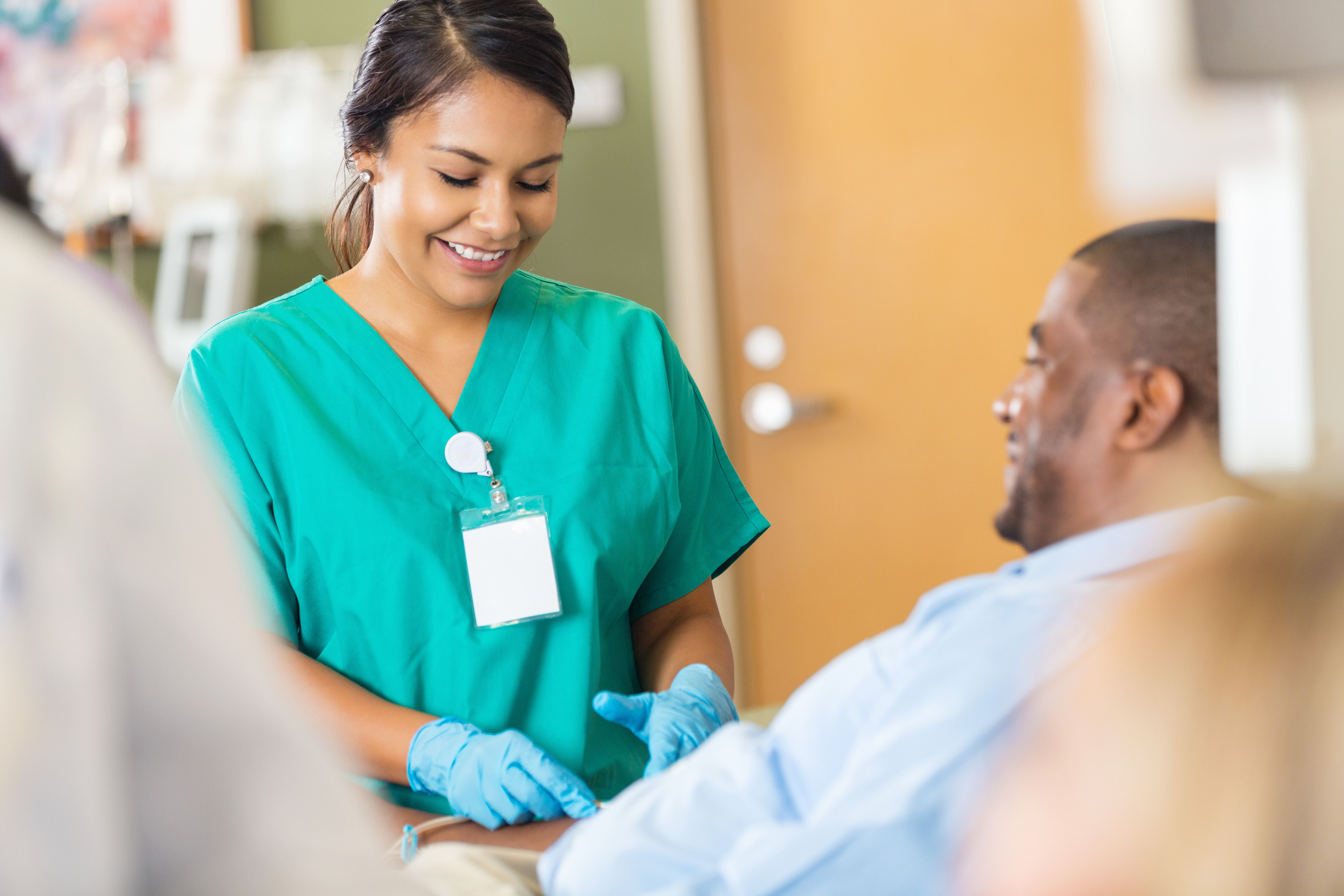Doing blood tests is one way that doctors learn about your health. Used to diagnose illness and identify health risks, a test or two is part of most annual physicals. But who draws the blood, and does it require another trip to the hospital? Nurses and doctors have a busy schedule, and medical assistants help patients accelerate the process by performing phlebotomy in the physician’s office.
Does a Medical Assistant Draw Blood?
Medical assistants are among several allied health professionals who are qualified to draw blood. It’s one of the many clinical and clerical tasks medical assistants perform. You’ll learn how in a vocational school program.
What Does a Medical Assistant Do?
Medical assistants manage both clinical and administrative duties in medical offices. Versatile support professionals, a few of their daily responsibilities include:
Answering Phone Calls
The front office handles routine scheduling in medical settings, but requests for urgent appointments are handled by medical assistants who gather clinical information for the doctor, so the patients get timely care.
Rooming Patients
Medical assistants prepare patients for exams, escorting them to treatment rooms where they take the patient’s vital signs and wrap up recordkeeping tasks before the doctor arrives. By updating medical records first, providers have the most current information with which to make treatment decisions.
Giving Injections
Medical assistants administer subcutaneous, intramuscular, and intradermal injections, giving most vaccinations and some medications under the supervision of a licensed clinical professional.
Assisting with Procedures
From setting up equipment trays to passing instruments, medical assistants are a doctor’s second pair of hands during treatments and procedures.
Preparing Exam Rooms
Medical assistants clean and stock exam rooms between visits to keep patients safe from infectious disease and ensure supplies are ready when needed.
Performing Diagnostic Tests
Medical assistants are trained to perform a broad range of diagnostic tests, including electrocardiograms and pacemaker checks. They also collect biological samples from urine to blood to do pregnancy tests, and fecal occult blood tests.
How Is Phlebotomy Performed?
Drawing blood, or phlebotomy, is among a medical assistant’s most marketable skills. Let’s take a closer how the process works and the equipment you’ll use.
The Phlebotomy Process
From reviewing the order to processing samples, medical assistants can manage the entire phlebotomy process from beginning to end by following these steps:
Step #1: Check the Order – Phlebotomy requisitions include all the information necessary to perform the draw. The equipment and supplies you’ll need will vary based on the tests being ordered, so you’ll review them carefully before assembling equipment.
Step #2: Screen the Patient – Phlebotomy is a safe procedure but knowing more about the client helps you ensure their safety. Before the draw, you will:
- Confirm the patient’s identity
- Verify that they followed pretest restrictions, such as fasting
- Explain the procedure and what to expect
- Screen for allergies to supplies such as disinfectants or bandage adhesive
- Position the client safely
Most people can sit, but patients with a history of fainting should lay down.
Step #3: Draw the Sample – The blood draw is the shortest part of the phlebotomy process and takes only a few minutes:
- Wash your hands
- Apply disposable gloves
- Cleanse the patient’s skin
- Apply a tourniquet above the vein
- Brace the vein and insert the needle
- Push in the collection tube
- Release the tourniquet when blood begins to flow
- Withdraw the needle, applying firm pressure to the site
- Dispose of the needle
- Cover the puncture wound with a small bandage
- Discard your gloves
- Label the specimen tubes, accuracy is critical.
- Instruct the patient on home care measures for bruising and when to expect results
Step #4: Process the Sample – Blood samples typically need processing before they can be used. While some tests require whole blood, for example, others rely on serum or plasma. And samples collected for shipment may require special handling. You’ll learn about processing techniques and more in your vocational school program.
What Types of Equipment and Supplies Are Used to Draw Blood?
As a medical assistant, you’ll select much of the equipment and supplies used in the phlebotomy process, such as:
PPE (Personal Protective Equipment)
No one knows whether patients are carrying an infectious disease, so medical assistants protect themselves from bloodborne pathogens by wearing personal protective equipment during every draw.
Biohazard Containers
Used needles are discarded in tamper-resistant, puncture-proof containers to prevent needle stick injuries. Known as Sharps Containers, they’re a fixture in every lab.
Disinfectant
Scrubbing a needle insertion site removes enough dirt and bacteria to lower infection risk. Isopropyl alcohol is the most common skin disinfectant, but chlorhexidine and betadine are used for select tests.
Tourniquets
A tourniquet is applied before a blood draw to sequester blood in the limb. Placed above the phlebotomy site on the wrist or upper arm, the extra blood plumps up the vein, so it’s easier to see and less likely to roll when punctured.
Needles
Needles come in a wide range of sizes for patients of all ages. Longer needles with a larger bore are standard for healthy adults while shorter, small-bore needles are a better choice for seniors and children.
Large needles exert significant pressure on delicate veins, causing them to collapse when the needle is inserted. Medical assistants use their experience and clinical expertise to make the best equipment choices.
Collection Tubes
Blood is drawn using vacuum tubes. Unlike the syringes used to give injections, they coax blood gently from the vein, minimizing damage to blood cells. Tubes are color-coded and contain preloaded additives, taking the guesswork out of mixing samples for certain tests. Phlebotomy has never been easier.
Bandages
Venipuncture sites are compressed with gauze after the needle is withdrawn until the bleeding stops. But occasionally, drops can continue to seep, especially when the patient stands up. Applying a small adhesive bandage helps protect their clothes.
Final Thoughts
Phlebotomy is just one of the many skills you’ll learn in a medical assisting program, but it’s among the most sought-after by employers. A vocational school will teach you everything you need to know. The only prerequisites are the willingness to learn and the courage to try.
Want to Learn More?
Ready to learn more about becoming a medical assistant in Central Texas? The Medical Assistant Training Program at CyberTex Institute of Technology takes great care of every student providing hands-on training, practical experience and support it takes to get started in a medical assisting career without spending years in school. Students learn the basics of both clinical and administrative skills. Clinical skills include but are not limited to the following: taking medical histories, preparing patients for examinations, assisting the physician during the exam, collecting, and preparing laboratory specimens, drawing blood, and taking electrocardiograms.
Contact us today to learn more about our Austin and Killeen campuses.





